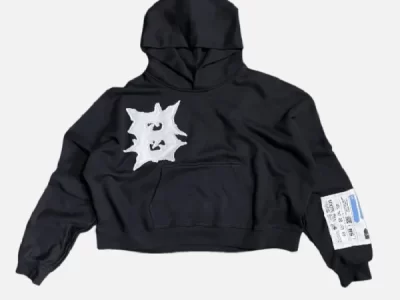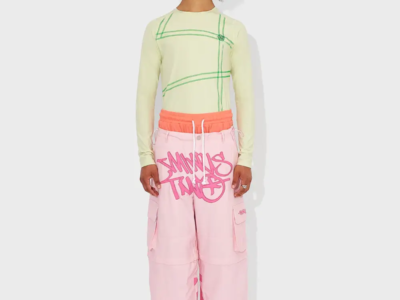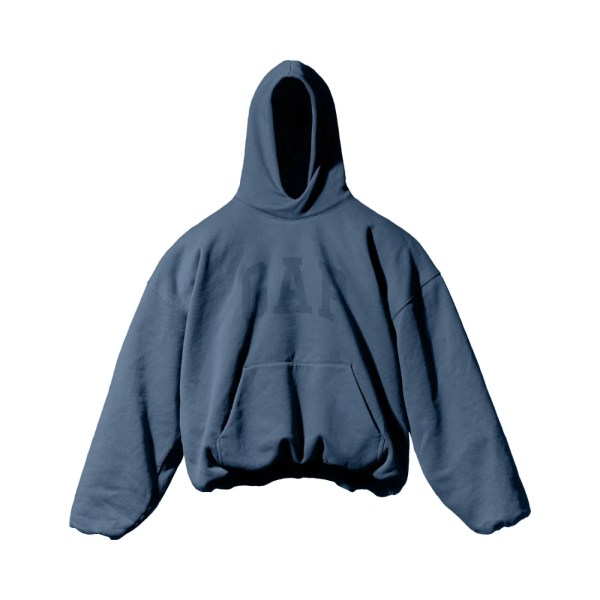
Introduction: Garment manufacturing is a complex yet fascinating industry that seamlessly blends artistry with technical precision. From sketching designs to delivering finished products to consumers, every step in the manufacturing process requires meticulous attention to detail. In this blog post, we’ll delve into the various aspects of garment manufacturing, exploring the techniques, technologies, and trends that shape this dynamic industry.
Understanding the Design Process: At the heart of garment manufacturing lies the design process, where creativity meets functionality. Designers draw inspiration from diverse sources, ranging from nature and culture to the latest fashion trends. Sketching, prototyping, and digital rendering are essential steps in translating ideas into tangible garments. Collaborations between designers, pattern makers, and technical experts ensure that designs are both aesthetically pleasing and feasible for production.
Material Selection and Sourcing: The choice of materials significantly influences the quality, durability, and overall appeal of garments. Fabric selection involves considerations such as texture, weight, drape, and stretch, depending on the intended use of the garment. Sustainable sourcing practices are gaining prominence, with an increasing focus on eco-friendly materials and ethical production methods. Manufacturers must balance cost, availability, and environmental impact when sourcing materials for their collections.
Pattern Making and Cutting: Pattern making is a precise craft that involves translating design concepts into templates for cutting fabric pieces. Skilled pattern makers use specialized software or traditional methods to create patterns that optimize fit and minimize waste. Once patterns are finalized, fabric cutting begins, where layers of material are meticulously measured and cut according to the pattern specifications. Modern cutting techniques, such as laser cutting and automated machinery, enhance efficiency and accuracy in the cutting process.
Sewing and Assembly: Sewing is perhaps the most iconic stage in garment manufacturing, where individual fabric pieces are joined together to form the final product. Skilled seamstresses and tailors operate sewing machines with precision, following detailed instructions to stitch seams, attach trims, and add embellishments. Assembly lines or workshops facilitate the systematic production of garments, with each worker specializing in specific tasks to streamline the process. Quality control measures are implemented at every stage to ensure that finished garments meet the highest standards of craftsmanship.
Finishing Touches and Quality Control: After assembly, garments undergo a series of finishing touches to refine their appearance and ensure structural integrity. This may involve pressing, steaming, trimming loose threads, and applying labels or tags. Quality control inspectors meticulously examine each garment for defects, irregularities, and inconsistencies in stitching or construction. Any flaws are promptly addressed to maintain product quality and customer satisfaction. Continuous improvement initiatives, such as lean manufacturing principles and Six Sigma methodologies, help manufacturers optimize efficiency and minimize defects throughout the production cycle.
Packaging and Distribution: Once garments pass quality control inspections, they are carefully packaged and prepared for distribution to retailers or direct-to-consumer channels. Packaging materials may vary depending on the brand image, product type, and shipping requirements. Sustainable packaging solutions, such as biodegradable materials and minimalistic designs, are gaining traction as consumers become more environmentally conscious. Efficient logistics and supply chain management are essential for timely delivery and inventory management, ensuring that products reach consumers in pristine condition.
Conclusion: Garment manufacturing is a multifaceted process that combines creativity, craftsmanship, and technology to produce clothing that reflects the latest fashion trends and meets consumer demands. From design conceptualization to distribution, each stage in the manufacturing journey requires collaboration, innovation, and attention to detail. By embracing sustainable practices, leveraging advanced technologies, and prioritizing quality at every step, manufacturers can thrive in an ever-evolving industry landscape. As consumer preferences evolve and market dynamics shift, the art and science of garment manufacturing will continue to evolve, shaping the future of fashion for generations to come.











